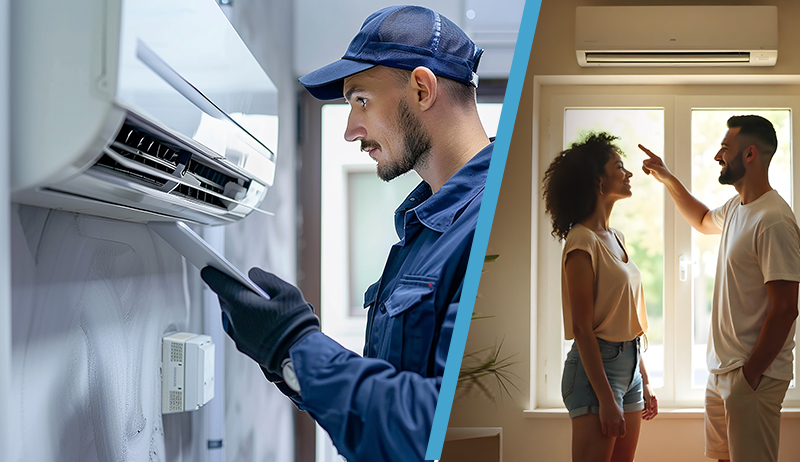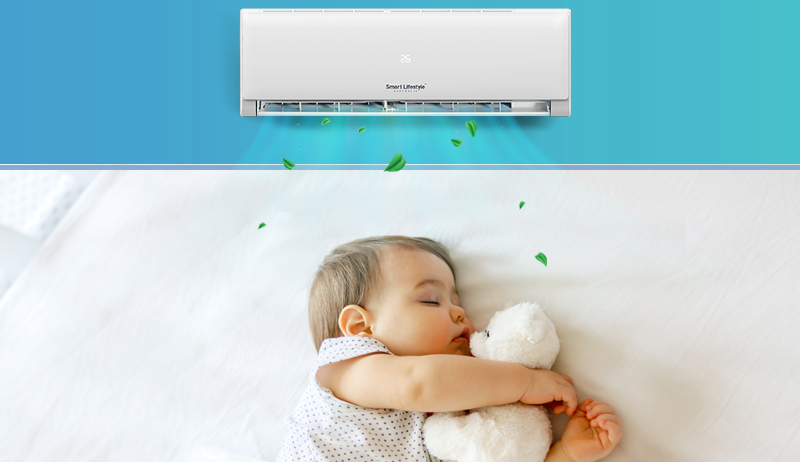Introduction Sustainable Agriculture in China
Sustainable agriculture is becoming increasingly crucial in addressing the environmental, social, and economic challenges faced by the world today.
In China, a country with a rich agricultural heritage and a significant population, the promotion of sustainable agricultural practices has taken center stage. China recognizes the need to balance agricultural productivity with environmental stewardship, ensuring a greener and more sustainable future for generations to come.
This article explores the initiatives, strategies, and advancements that China has undertaken to foster sustainable agriculture and address pressing issues such as land degradation, water scarcity, and food security.
Fact and data Sustainable Agriculture in China
Here are some factual points related to sustainable agriculture in China up to that date:
Greening of the Grain Belt: China has been implementing the “Grain for Green” program since 1999, which aims to convert marginal farmland into forest or grassland to reduce soil erosion and improve ecological conditions. By 2020, the program had reportedly converted around 5.21 million hectares of cropland into forests or grasslands.
Precision agriculture adoption: Precision farming technologies have gained momentum in China. According to a report by the Ministry of Agriculture and Rural Affairs in 2019, precision agriculture covered around 31 million hectares of farmland in China, with a focus on improving efficiency, reducing resource waste, and optimizing production.
Organic farming growth: China has been experiencing growth in organic farming. As of 2019, China had the third-largest organic farming area globally, covering around 3.1 million hectares. The country has implemented certification programs and provided financial support to promote organic farming practices.
Water management efforts: China faces water scarcity challenges, and sustainable water management in agriculture has been a priority. The Chinese government has invested in various irrigation infrastructure projects, including the construction of water-saving irrigation systems like drip irrigation and micro-irrigation. These efforts aim to improve water-use efficiency and reduce water pollution from agricultural activities.
Sustainable livestock initiatives: China has been taking steps to address the environmental impact of livestock production. The government has implemented regulations to control water and air pollution from animal husbandry operations. Efforts have also been made to promote improved animal welfare practices and encourage the adoption of more sustainable feed and manure management techniques.
Conservation Agriculture and Precision Farming:
China has made notable progress in implementing conservation agriculture practices that focus on reducing soil erosion, improving soil health, and conserving water resources. Conservation tillage techniques, such as no-till farming and crop rotation, are increasingly adopted to minimize soil disturbance and maintain soil organic matter.
Furthermore, precision farming technologies, including satellite imagery, drones, and sensor-based systems, are being utilized to optimize the use of resources, monitor crop health, and increase agricultural efficiency. These approaches help minimize chemical inputs, improve productivity, and reduce the environmental footprint of farming.
Agroecology and Organic Farming:
The promotion of agroecology and organic farming practices has gained significant attention in China. Agroecology emphasizes the integration of ecological principles into agricultural systems, promoting biodiversity, natural pest control, and soil fertility. China has been actively supporting the conversion of conventional farms to organic production through subsidies, technical support, and certification programs. The adoption of organic farming methods not only reduces chemical pesticide and fertilizer use but also safeguards ecosystem services, protects human health, and provides consumers with access to healthier food options.
Water Management and Irrigation:
Water scarcity is a critical issue in many parts of China, necessitating innovative water management strategies in agriculture. The government has implemented measures to enhance water-use efficiency, such as the promotion of drip irrigation, micro-irrigation, and rainwater harvesting techniques. These methods help conserve water resources, reduce water pollution from excessive fertilizer runoff, and improve crop yield and quality. China has also invested in the development of smart irrigation systems that use real-time data and sensors to precisely regulate irrigation schedules, reducing waste and optimizing water usage.
Sustainable Livestock Production:
China’s growing demand for meat and animal products has put pressure on its livestock industry, leading to concerns about environmental degradation and public health. To address these issues, China has been actively promoting sustainable livestock production practices. Measures such as improving feed efficiency, promoting pasture-based systems, and implementing waste management technologies help reduce greenhouse gas emissions, mitigate water pollution, and enhance animal welfare. Encouraging the use of alternative protein sources, such as plant-based proteins and cultured meat, is also gaining momentum to reduce the environmental impact associated with traditional livestock farming.
Technology and Innovation:
China recognizes the role of technology and innovation in driving sustainable agriculture. The country has been investing heavily in research and development, focusing on areas such as biotechnology, genetic engineering, and digital agriculture. These advancements aim to enhance crop resilience, develop disease-resistant varieties, and improve resource-use efficiency. Additionally, blockchain technology is being explored to ensure transparency and traceability in the food supply chain, fostering consumer trust and promoting sustainable farming practices.
Conclusion Sustainable Agriculture in China
China’s commitment to sustainable agriculture reflects its recognition of the need to balance food production with environmental protection.
Through initiatives such as conservation agriculture, agroecology, efficient water management, sustainable livestock production, and technological innovation, China is paving the way for a greener and more resilient agricultural sector.
By adopting these practices, China not only addresses pressing environmental challenges but also safeguards food security, enhances rural livelihoods, and sets an example for other nations.
https://www.exaputra.com/2023/05/sustainable-agriculture-in-china.html
Renewable Energy
Has the Fever Broken?
 Many Americans are starting to feel like the lady whose observations we see at left.
Many Americans are starting to feel like the lady whose observations we see at left.
Exactly how this moves forward from here is anyone’s guess. Maybe the Democrats gain a huge majority in Congress in 2026 and then impeach and convict Trump–perhaps joined by lots of Republicans.
There are plenty of different scenarios.
Renewable Energy
Trump and Climate Change
 As shown in this short video, Donald Trump says that climate change is the biggest con job ever perpetrated on Earth.
As shown in this short video, Donald Trump says that climate change is the biggest con job ever perpetrated on Earth.
We are to believe that Trump a) understands the subject better than the thousands of our planet’s top scientists, located in countries all around the globe, and b) he’s telling the truth, where they have somehow gotten together and conspired to lie.
That’s quite a stretch.
Renewable Energy
Can You Stack VEU with Solar or Other Incentives? – Find Out
-
Climate Change3 months ago
Guest post: Why China is still building new coal – and when it might stop
-
Climate Change2 years ago
Spanish-language misinformation on renewable energy spreads online, report shows
-
Greenhouse Gases3 months ago
Guest post: Why China is still building new coal – and when it might stop
-

 Greenhouse Gases1 year ago
Greenhouse Gases1 year ago嘉宾来稿:满足中国增长的用电需求 光伏加储能“比新建煤电更实惠”
-
Climate Change Videos2 years ago
The toxic gas flares fuelling Nigeria’s climate change – BBC News
-

 Climate Change1 year ago
Climate Change1 year ago嘉宾来稿:满足中国增长的用电需求 光伏加储能“比新建煤电更实惠”
-

 Carbon Footprint2 years ago
Carbon Footprint2 years agoUS SEC’s Climate Disclosure Rules Spur Renewed Interest in Carbon Credits
-
Renewable Energy4 months ago
US Grid Strain, Possible Allete Sale















